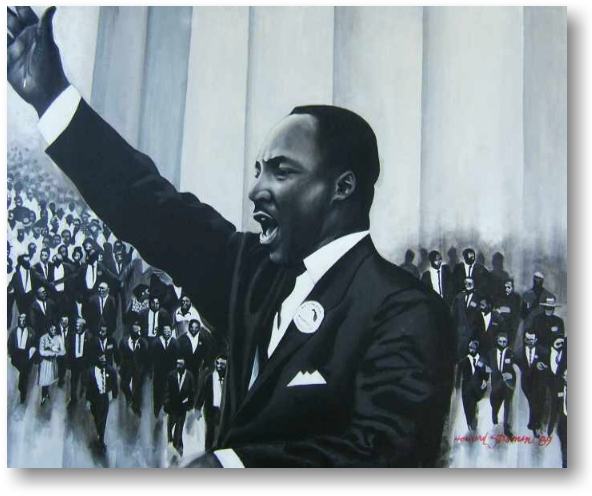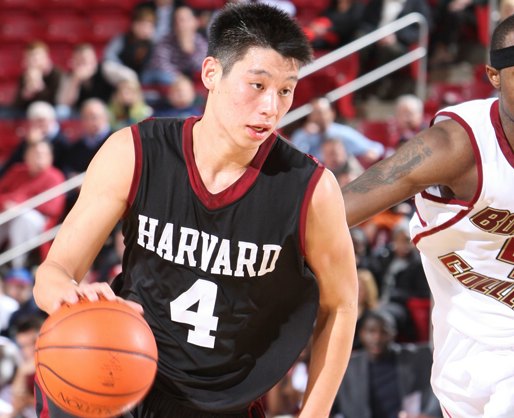Today is International Womens Day so I would like to use this occasion to reflect a little bit on the state of affairs for Asian and Asian American women by discussing two recent news events. This is not meant to be a comprehensive or exhaustive review of the political, economic, and social status of Asian/Asian American women, just only some observations based on a couple of recent news stories.
The first article concerns the success of female figure skaters of Asian descent in the just-concluded Winter Olympics in Vancouver Canada. As the New York Times points out, Asian skaters such Kim Yu-Na and Shizuka Arakawa have elevated the status of the sport significantly in their home countries while and Asian Americans such as Mirai Nagasu try to follow in the legacy of recent Asian American champions Kristi Yamaguchi and Michelle Kwan:
Skaters of Asian descent, primarily women but also men, have risen to prominence in large numbers both nationally and internationally. The reasons are varied, skaters and coaches say. They have to do with rules changes, body type, hard work and discipline, diet and the emergence over the past two decades of role models like Kristi Yamaguchi and Michelle Kwan of the United States and Midori Ito of Japan. . . .
Maybe Asians are switching from studying to sports,” said [Mirai] Nagasu. The influx of Asian skaters can be traced in part to the elimination of compulsory school figures, coaches said. . . . Without compulsory figures, skating became more like gymnastics. . . . The key to jumping is to leap high and spin quickly and tightly through two, three or four revolutions before returning to the ice. Asian skaters are often small and willowy, which can be an asset when jumping. . . .
Asian skaters also often adhere to a diet of rice and vegetables and fish, avoiding large quantities of beef and fat, Carroll said. This can make them less vulnerable to weight gain in a sport where five pounds can make a difference between a winning jumper and a struggling one.
Other cultural factors are also at play, coaches said. Discipline at home often transfers to discipline at the rink, Carroll said. Audrey Weisiger, a prominent Chinese-American coach, said: “A lot of Asian families really drive their kids, and I don’t mean in the car. They’re not allowed to be marginal.”
To summarize, the NY Times article cites several potential reasons why Asian American skaters have become so prominent in recent years. For the most part, the factors discussed sound plausible, although there is certainly still a lot of room for exceptions and variations (i.e., taller figure skaters, both male and female, have still achieved success, no physical size isn’t everything).
However, the one factor mentioned in the article that caught my attention was the parental pressure on Asian American figure skaters to succeed. Unfortunately, it seems that wherever you look, Asians and Asian American consistently face these kinds of “model minority” pressures to do well, live up to their parents’ expectations, and to outperform everybody else. This is the case when it comes to academics and apparently, to more “recreational” activities like figure skating as well.
I have also written about how such parental pressures on their children to succeed can become overwhelming and even dysfunctional to the point of resulting in tragic consequences.
Along the same lines, the next news story focuses on some of the challenges that Asian and Asian American women still face in contemporary society these days. As the Washington Post reports, a recent full-page newspaper advertisement in South Korea illuminates how, despite the rising status of women in the country, numerous working mothers face severe contradictions and in many cases, a no-win situation:
In a full-page newspaper advertisement headlined “I Am a Bad Woman,” Hwang Myoung-eun explained the trauma of being a working mom in South Korea. “I may be a good employee, but to my family I am a failure,” wrote Hwang, a marketing executive and mother of a 6-year-old son. “In their eyes, I am a bad daughter-in-law, bad wife and bad mother.”
The highly unusual ad gave voice to the resentment and repressed anger that are common to working women across South Korea.
In a country where people work more and sleep less than anywhere else in the developed world, women are often elbowed away from rewards in their professional lives. If they have a job, they make 38 percent less money than men, the largest gender gap in the developed world. If they become pregnant, they are pressured at work not to take legally guaranteed maternity leave.
Thanks to gender equality in education, the professional skills and career aspirations of women in South Korea have soared over the past two decades. But those gains are colliding with a corporate culture that often marginalizes mothers at the workplace — or ejects them altogether.
Women who do combine work and family find themselves squeezed between too little time and too much guilt: for neglecting the education of children in a nation obsessed with education, for shirking family obligations as dictated by assertive mothers-in-law, and for failing to attend to the care and feeding of overworked and resentful husbands.
As Hwang complained in two mournful newspaper advertisements she bought last fall in Seoul newspapers: “We work harder than anyone to manage housekeeping and earn wages, so why are we branded as selfish, irresponsible women?”
It seems that in terms of society’s acknowledgment and recognition of the challenges that working mothers face in balancing the demands of work and family, South Korea is very similar to the U.S. That is, despite laws and formal policies in place to provide working mothers with job security, the actual implicit and cultural expectations frequently deter many mothers from taking full advantage of them.
While this situation is slowly changing for the better, in many ways the U.S. is still grappling with both firmly-embedded institutional practices and individual attitudes. With this in mind, unfortunately South Korea is likely to also be dealing with these societal contradictions for some time to come.
Ultimately, International Womens Day gives us a chance to reflect on both the successes, progress, and positives that women around the world have achieved, but also how many barriers still remain in the way toward attaining full equality. Like racial/ethnic relations, in many ways achieving gender equality also seems to be a “two steps forward, one step back” process.






